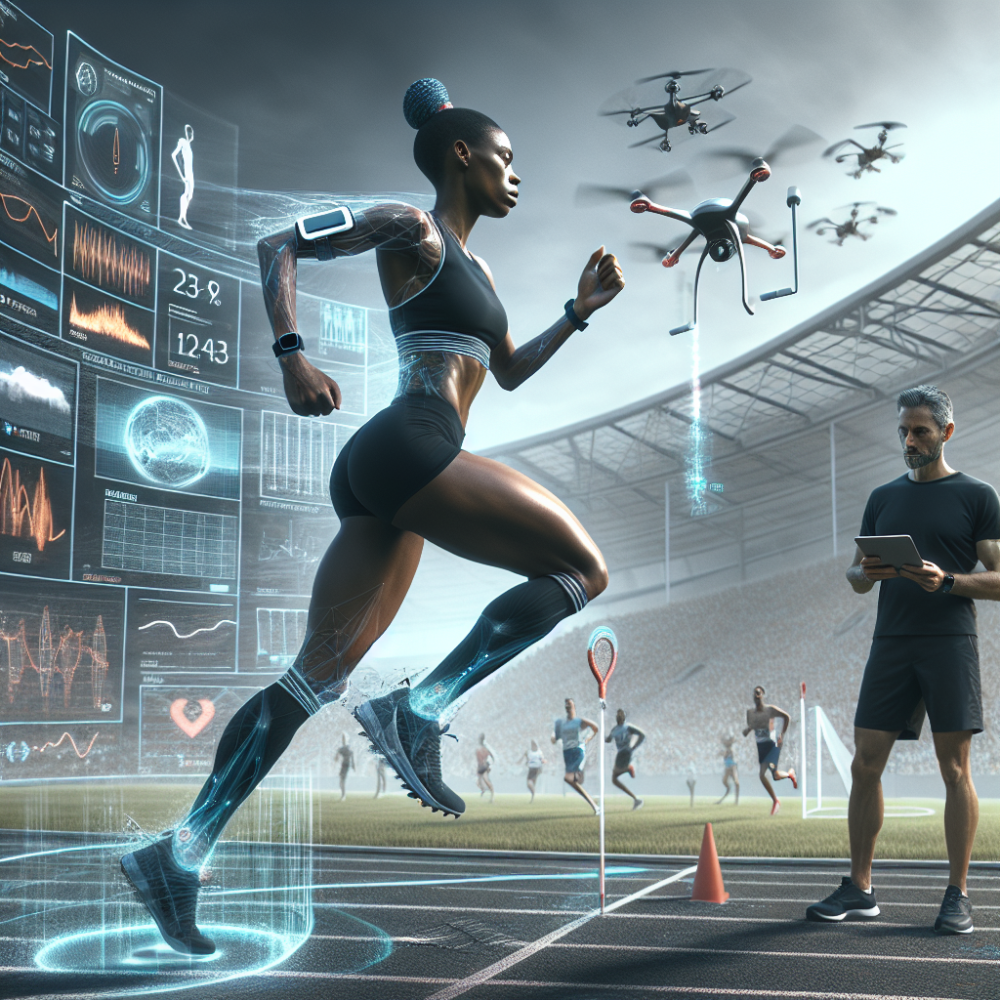In the realm of sports, where split-second decisions and minor improvements can significantly alter outcomes, the role of technology has become increasingly pivotal. As athletes continuously strive for excellence, high-tech training tools have emerged as key components in enhancing performance and providing a competitive edge. These technologies range from wearable devices to advanced software analytics, each playing a unique role in transforming traditional training methodologies.
1. Wearable Technology
Wearable tech has revolutionized the way athletes monitor and enhance their performance. Devices like GPS trackers, heart rate monitors, and smartwatches collect real-time data on an athlete’s physical state and performance metrics. This data is crucial for understanding an athlete's endurance levels, energy expenditure, and overall physical condition. Coaches and trainers use this information to tailor training programs that optimize performance while minimizing the risk of injury.
For example, heart rate monitors help in determining the intensity of an athlete's training session and ensuring they are working within the right zones for maximum benefit. Similarly, GPS trackers analyze movement efficiency and technique, essential for sports like soccer, where positioning and speed are critical.
2. Video Analysis Tools
High-speed cameras and motion sensors have transformed coaching by providing detailed biomechanical analysis. Video analysis tools allow coaches to dissect an athlete’s movements frame by frame, identifying areas for improvement that are not visible to the naked eye. This technology is particularly beneficial in sports like gymnastics, swimming, and track and field, where technique plays a significant role in performance.
Software solutions that accompany these cameras can tag and organize video clips, making it easier for coaches to highlight specific instances from a training session or competition. This capability is invaluable for feedback sessions with athletes, where visual evidence can be used to complement verbal advice.
3. Virtual and Augmented Reality
Virtual Reality (VR) and Augmented Reality (AR) are on the frontier of high-tech training, offering immersive experiences that can simulate real-world conditions without the associated risks or costs. In sports like skiing or racing, where environmental conditions can significantly impact performance, VR allows athletes to train in a variety of settings and conditions, irrespective of actual weather or location.
AR adds another layer by overlaying digital information onto the real world, enhancing the training environment. For example, AR applications in cricket can show a batsman projected trajectories of a bowler’s deliveries, helping in anticipation and reaction training.
4. Recovery Technology
Advancements aren't just about pushing athletes harder and further. Recovery technologies play a crucial role in an athlete's training regimen. Tools like cryotherapy chambers, compression garments, and EMS (Electrical Muscle Stimulation) devices help in reducing recovery time and preparing the body for high levels of exertion. Effective recovery not only enhances performance but also decreases the likelihood of injuries.
5. Data Analytics and Machine Learning
Perhaps one of the most significant impacts of technology in sports is the use of data analytics and machine learning. By analyzing vast amounts of data from training sessions, games, and competitions, patterns and insights can be extracted that were previously undetectable. Machine learning algorithms can predict outcomes, optimize training plans, and even help in scouting and recruiting new talent.
Conclusion
The integration of high-tech training tools in sports has not only elevated athletic performance but has also made training more precise, personalized, and efficient. As these technologies continue to evolve, they promise even greater transformations in the sports industry. Athletes and coaches who embrace these tools are better positioned to succeed, driven by data-driven insights and enhanced training capabilities. The future of sports is here, and it is heavily supported by technology, paving the way for new records, innovations, and levels of performance.




